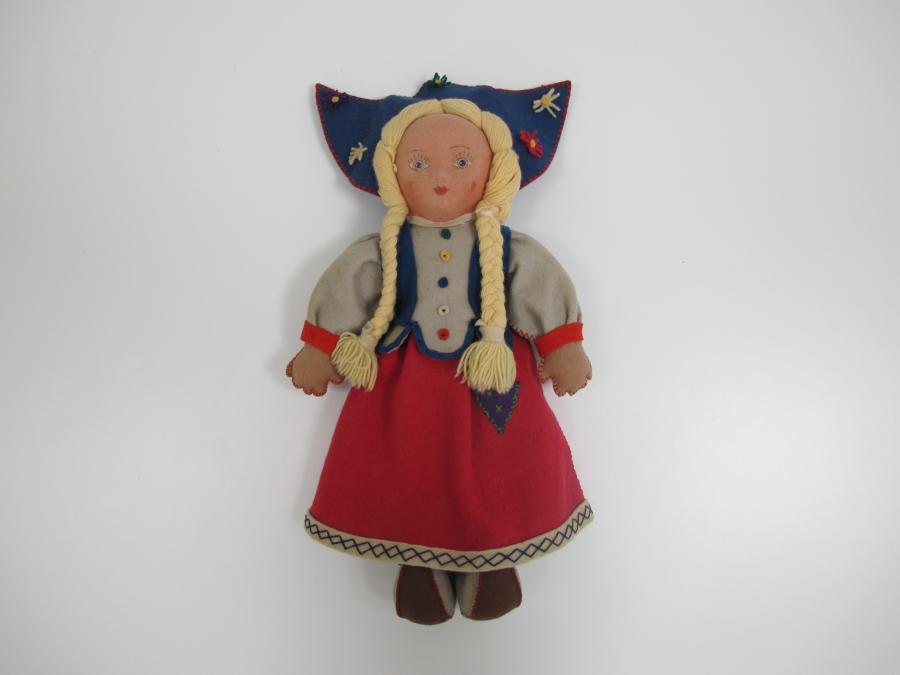Healing Wounds You Can’t See
Shell Shock, Combat Stress Reaction, War Neuroses, Post-Traumatic Stress Disorder. Regardless of the label, many have suffered psychological trauma as a result of war. During the Second World War psychological trauma was treated with electroshock therapy and formaldehyde. This is described by Neta Lawrence in her recorded memoirs held in the Memorial’s sound collection S05820. In September 1943, aged 18, Neta Lawrence nee Campbell joined the Australian Army Medical Women's Service (AAMWS). Issued with the army number NF465338 and ranked as a private, she trained at Victoria Barracks in Sydney.
On the 3rd December 1943 she was posted to the 114th Australian General Hospital AGH Goulburn NSW, and was rostered to wards 18, 19 and 23, the psychiatric wards. In her memoirs she describes the men in these wards as, “depressed, confused, afraid and so badly affected they might lose their voice or do things they would not normally do.” Escorting patients to the therapy rooms, Neta had to reassure them, hold their heads and make sure they didn’t swallow their tongues during treatment. The purpose of this type of treatment was to shock the brain into seizures, on the premise that this would shock them out of their depression. This method was based on a psychiatric theory developed in the early 1900’s, when psychiatrists hypothesised that if people with epilepsy did not have schizophrenic tendencies, then brain seizures could be the key to curing psychological abnormalities. Electroshock therapy, also known as Electro Convulsive Treatment or ECT, became common practice during the Second World War, as drug induced seizures were more violent and harder to control. Side effects of ECT included broken bones, strained muscles and long term memory loss. The practice was discontinued in the 1960’s as it came to be considered inhumane. However, modified methods of a less violent nature are still used today in extreme cases.
In addition to assisting with shock treatments Neta’s role was to help patients regain a sense of normalcy by enjoying outings such as picnics and dances with those that were allowed to leave the wards. While on picnics they enjoyed conversations over damper, sausages and billy tea. At one of the dances one patient improved miraculously, as Neta describes:
“One of the patients named Ray and I won one of the dance competitions. Ray had lost his voice being involved in fighting overseas, and the night we won his voice started to come back.”
Other alternative therapies included sewing and crafts, such as this Dutch doll made by one of Neta’s patients in 1944 held in the Memorial’s collection, REL48546. This hand stitched felt doll is meticulously sewn together and her face delicately painted; she is almost expressionless, her eyes distant and void of pain.

“It was extremely rewarding work”, Neta explained as she donated this doll, her memoirs and poem to the Memorial. Neta continued to work after the war and was demobilised in January 1947. The AAMWS of the 114th AGH Goulburn reunited in 2013 and Neta wrote this poem to celebrate their achievements. The poem along with photographs and film relating to the AAMWS were played at “Words and War: Poetry at the Memorial” day on the 28th of February 2015.


